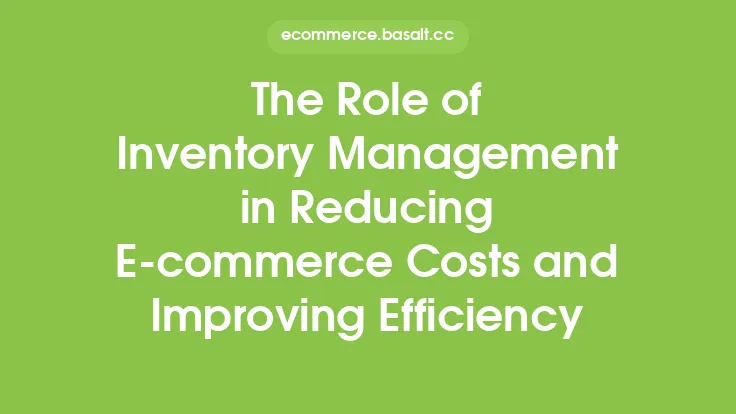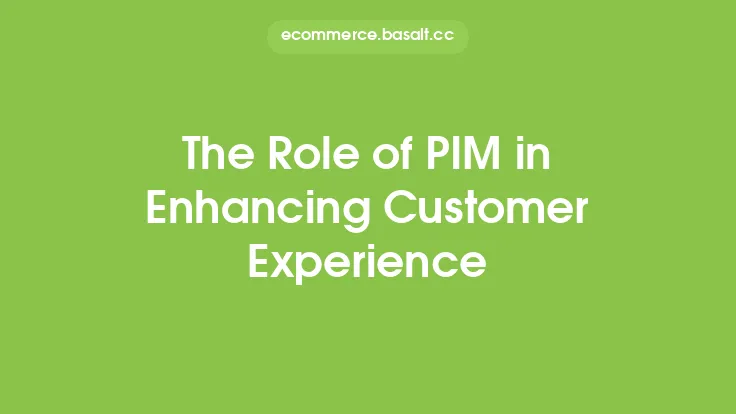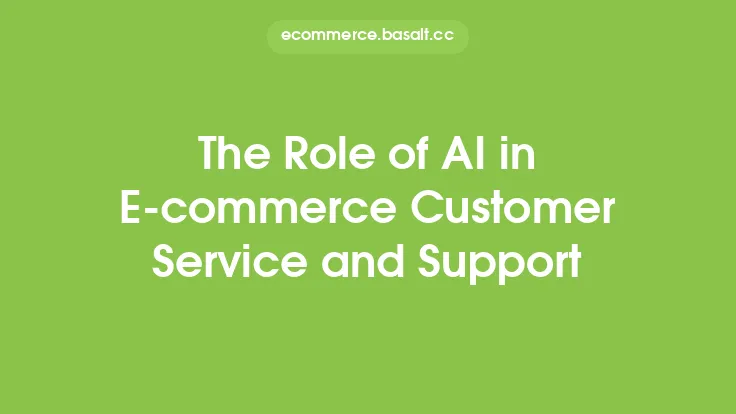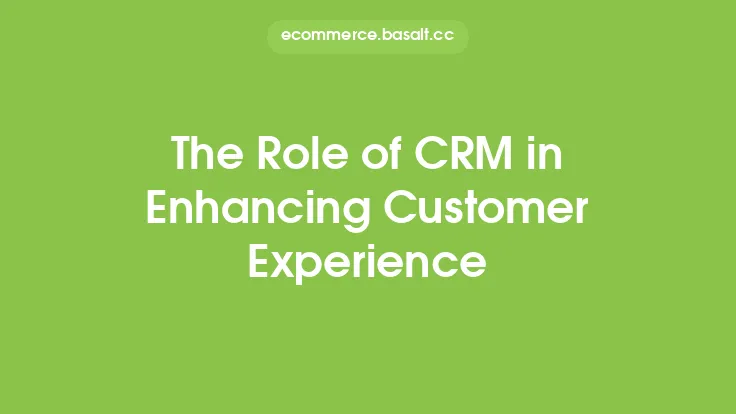When it comes to e-commerce, the customer experience is paramount. One often overlooked aspect of this experience is packaging. The right packaging can elevate a customer's perception of a brand, increase loyalty, and even reduce shipping costs. In this article, we will explore the role of packaging in enhancing customer experience and reducing shipping costs, and provide insights on how to optimize packaging for e-commerce success.
Introduction to Packaging
Packaging is more than just a necessary step in the shipping process. It is an opportunity to create a positive and lasting impression on customers. Well-designed packaging can convey a brand's values, personality, and attention to detail. It can also provide an unboxing experience that is both memorable and shareable. In fact, a study found that 72% of consumers say that packaging influences their perception of a brand, and 61% say that it influences their purchasing decisions. With this in mind, it's clear that packaging is a critical component of the customer experience.
The Impact of Packaging on Customer Experience
So, how exactly does packaging impact the customer experience? For one, it sets the tone for the unboxing experience. When a customer receives a package that is beautifully designed and carefully crafted, it creates a sense of excitement and anticipation. This can lead to increased customer satisfaction, loyalty, and even advocacy. On the other hand, poorly designed or flimsy packaging can create a negative impression, leading to decreased customer satisfaction and loyalty. Furthermore, packaging can also play a role in building brand awareness and recognition. Custom packaging with a brand's logo, colors, and messaging can help to reinforce the brand's identity and create a cohesive visual language.
Reducing Shipping Costs through Optimized Packaging
In addition to enhancing the customer experience, optimized packaging can also help to reduce shipping costs. One of the most significant ways to reduce shipping costs is to minimize package size and weight. By using custom packaging that is tailored to the specific product, businesses can reduce the amount of empty space and excess materials, resulting in lower shipping costs. Additionally, optimized packaging can help to reduce damage and returns, which can also lead to cost savings. In fact, a study found that 20% of returns are due to damage during shipping, which can result in significant costs for businesses. By using high-quality, custom packaging, businesses can reduce the risk of damage and returns, and save money in the process.
Types of Packaging
There are several types of packaging that businesses can use to enhance the customer experience and reduce shipping costs. These include:
- Custom boxes: Custom boxes are tailored to the specific product and can be designed to minimize empty space and excess materials.
- Mailers: Mailers are a type of packaging that is designed for shipping small, lightweight items. They are often made of paper or cardboard and can be customized with a brand's logo and messaging.
- Bags: Bags are a type of packaging that is designed for shipping small to medium-sized items. They are often made of plastic or paper and can be customized with a brand's logo and messaging.
- Inserts: Inserts are a type of packaging that is designed to protect products during shipping. They can be made of paper, cardboard, or foam and can be customized to fit specific products.
Best Practices for Packaging
To get the most out of packaging, businesses should follow best practices for design, materials, and functionality. These include:
- Using high-quality materials that are durable and sustainable.
- Designing packaging that is tailored to the specific product and brand.
- Minimizing empty space and excess materials to reduce shipping costs.
- Using custom packaging that is consistent with the brand's visual language and messaging.
- Testing packaging to ensure that it is functional and effective.
Measuring the Effectiveness of Packaging
To measure the effectiveness of packaging, businesses should track key metrics such as customer satisfaction, loyalty, and retention. They should also track shipping costs, damage rates, and return rates to determine the impact of packaging on the bottom line. Additionally, businesses can use surveys and feedback to gather insights from customers on the packaging experience. By tracking these metrics and gathering feedback, businesses can refine their packaging strategy and make data-driven decisions to optimize the customer experience and reduce shipping costs.
Conclusion
In conclusion, packaging plays a critical role in enhancing the customer experience and reducing shipping costs. By using custom packaging that is tailored to the specific product and brand, businesses can create a positive and lasting impression on customers, increase loyalty and retention, and reduce shipping costs. By following best practices for design, materials, and functionality, and tracking key metrics, businesses can optimize their packaging strategy and achieve e-commerce success. Whether you're a small startup or a large enterprise, investing in high-quality packaging is essential for creating a memorable and shareable unboxing experience that drives customer loyalty and advocacy.





